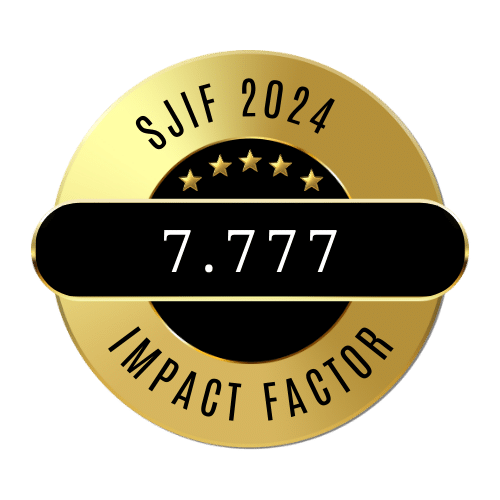INDUSTRIAL CULTIVATION TECHNOLOGY FOR POACHING (HABROBRACON HEBETOR SAY)
Keywords:
Bracon, entomophagous, , bio-laboratories, larvae, honeyAbstract
These insects belong to the genus Hymenoptera, the family Braconidae, and the genus Bracon (Habrobracon). belonging to the type. This entomophagous is mainly recommended for biological use against pests in the form of tapeworms, mulberry moths and similar worms. Bracon is an external parasite that paralyzes the middle and adult larvae of the caterpillar and then lays 4-5 to 16 eggs on it. If there is a lot of prey, it will not lay its eggs on all the paralyzed worms. The eggs may be single or multiple. Each female can lay up to 400 or more eggs. Bracon overwinters under tree bark, plant debris and cuttings in the form of mature breeds. In addition to this entomophagous occurrence in nature, it is propagated in laboratory conditions by wax moth worms or mill moth worms. Methods for propagating this entomophagous in the laboratory under special mechanized devices have been developed. With the emergence of cotton bollworms in plants in biological control programs are distributed from 500 to 2000, depending on the number of pests per hectare (1: 10-15 ratio).
Downloads
Published
How to Cite
Issue
Section
License

This work is licensed under a Creative Commons Attribution-NonCommercial-NoDerivatives 4.0 International License.
















